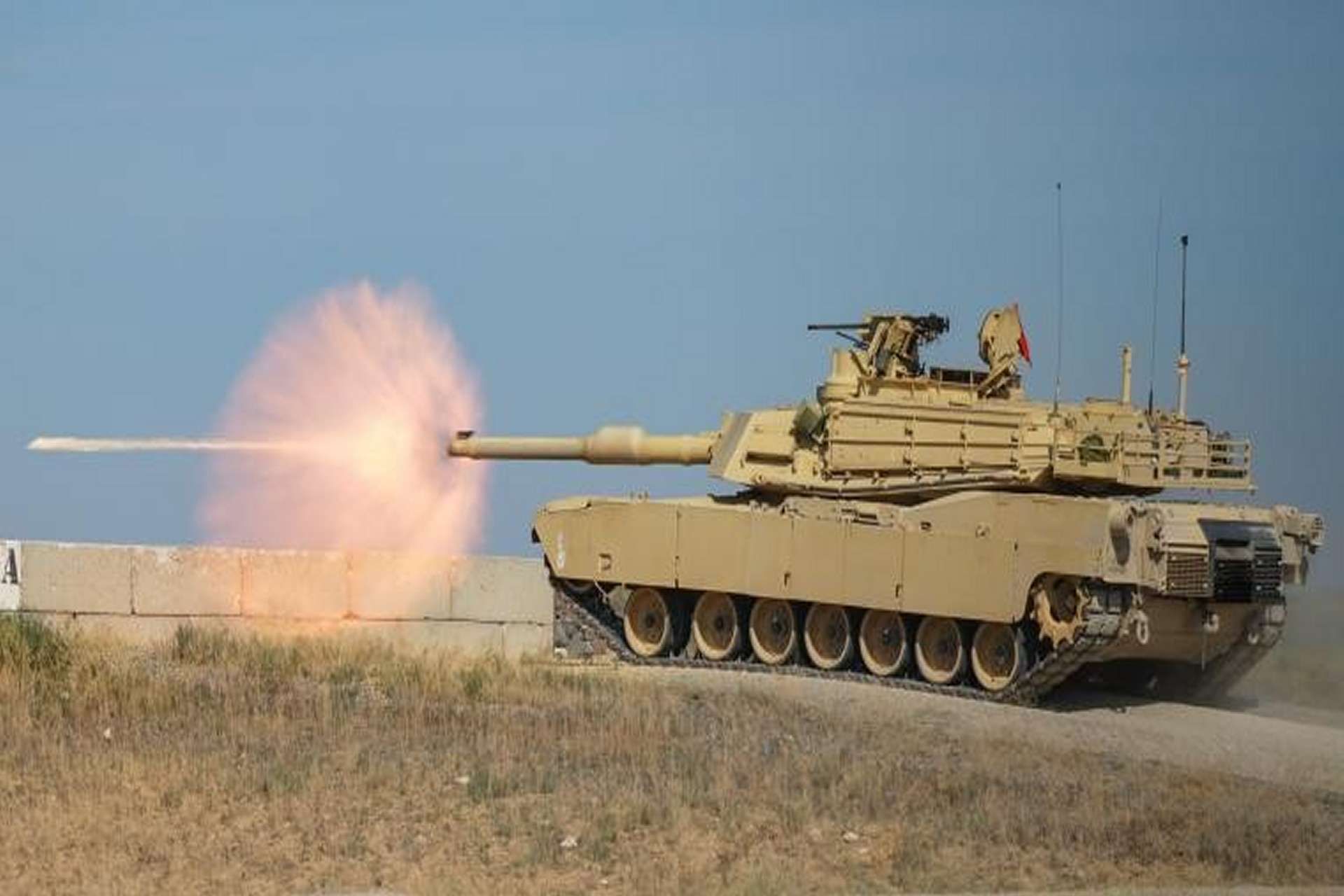Breaking News
Exclusive: US Army Reevaluates Tank Warfare Strategy Amid Drone Threats.
On May 6, 2025, U.S. Army Secretary Daniel Driscoll announced a significant shift in the operational deployment of the M1 Abrams main battle tanks, acknowledging the evolving nature of modern warfare. Drawing lessons from the Ukraine conflict, Driscoll emphasized the need for tanks to adapt to the increasing threat posed by inexpensive drones. This strategic pivot underscores the Army's commitment to preserving its armored capabilities while addressing emerging battlefield challenges.

The M1 Abrams is shifting from leading assaults to providing long-range fire support and entering battle only after drones have cleared threats, reducing vulnerability to loitering munitions and FPV drones. (Picture source: US DoD)
The M1 Abrams, a cornerstone of U.S. armored forces, has historically led frontal assaults, leveraging its formidable firepower and armor. However, the proliferation of low-cost drones equipped with advanced surveillance and attack capabilities has exposed vulnerabilities in traditional tank tactics. In Ukraine, both Russian and Ukrainian forces have suffered significant tank losses due to drone strikes, prompting a reevaluation of armored warfare strategies.
U.S. Army Secretary Driscoll highlighted the necessity for tanks to operate from more secure, defended positions, rather than spearheading attacks. This approach aims to mitigate the risk of detection and destruction by enemy drones, which have become ubiquitous on the modern battlefield. The U.S. Army is exploring the integration of uncrewed systems to lead initial assaults, allowing tanks to exploit breaches and provide sustained firepower from safer distances.
This paradigm shift in U.S. Army doctrine signals more than a mere tactical adjustment, it is a strategic recalibration in response to the realities of drone-dominated warfare. Tanks like the M1 Abrams, once designed for high-intensity frontal assaults, must now adopt new roles on the battlefield. The operational concept is evolving toward a dual-mode tactical employment: first, long-range fire support using the Abrams’ advanced optics, fire control systems, and 120mm cannon; second, a delayed frontline presence following initial breakthroughs by uncrewed systems. This approach minimizes exposure to the now omnipresent threat of low-cost loitering munitions and FPV kamikaze drones that have demonstrated their lethal effectiveness in Ukraine, even against vehicles with additional armor and electronic warfare shielding.
The implications are significant. By avoiding direct engagement and instead offering overwatch from protected distances, tanks regain their value not as spearheads but as precision fire platforms. This means fewer losses, preserved operational continuity, and the ability to reengage when uncrewed or infantry elements have secured drone-cleared corridors. As seen in Ukraine, even well-protected Western tanks can be rendered inoperable by $500 drones, highlighting the diminishing cost-effectiveness of traditional armored assaults and reinforcing the U.S. Army’s shift toward survivability through tactical withdrawal and phased engagement.
Strategically, this pivot aligns with broader U.S. modernization efforts to restructure forces for multidomain operations. The increasing reliance on drone swarms, satellite-guided munitions, and battlefield transparency, enabled by ISR networks and open-source intelligence, requires the U.S. Army to balance lethality with stealth. Budget allocations reflect this awareness: recent contracts for Abrams upgrades, including the upcoming M1E3 configuration, prioritize reduced weight, improved situational awareness, and electronic countermeasures over armor augmentation alone. The FY2025 defense budget dedicates nearly $400 million to Abrams upgrades, including $80.6 million for transmission systems (awarded to Allison Transmission) and a $728 million contract with General Dynamics Ordnance and Tactical Systems for 120mm IM HE-T ammunition, designed to support indirect or standoff engagements.
Moreover, General Dynamics Land Systems, the prime contractor for the Abrams series, continues to be the beneficiary of modernization contracts. The most recent MBT-related contract, awarded in 2024, covers upgrades to the M1A2 SEPv3 variant and initial development for the M1E3 platform. However, with tanks now assuming a support role rather than a leading one, this evolution may shift future procurement priorities from sheer volume to system survivability, connectivity, and interoperability with unmanned platforms. While this may reduce the quantity of new builds, it enhances the quality and mission flexibility of armored units in drone-contested environments.
The U.S. Army's reassessment of tank deployment strategies reflects a proactive response to the challenges posed by drone warfare. By adapting tactics, investing in modernization, and emphasizing crew training, the Army aims to maintain the relevance and effectiveness of its armored forces in an era where technological advancements continually reshape the battlefield.


























